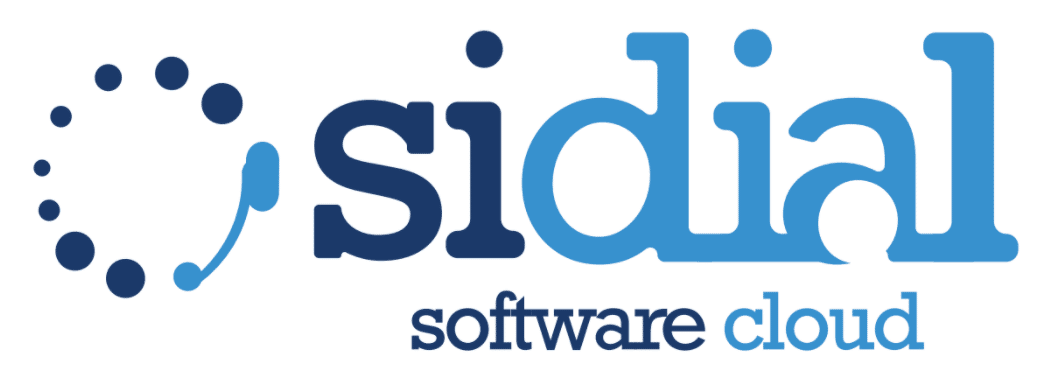In today’s call centers, monitoring performance is no longer optional—it’s essential. While traditional KPIs like average response time or service level are well known and widely tracked, there are hidden KPIs that can make the difference between an ordinary customer service and a truly outstanding experience.
In this article, we’ll explore the lesser-known yet strategic KPIs in call centers, how to interpret them correctly, and why they should be part of your operational dashboard.
Why Traditional KPIs Aren’t Enough to Assess Call Center Performance
Classic call center KPIs—such as ASA (Average Speed of Answer), AHT (Average Handling Time), FCR (First Call Resolution) or SLA (Service Level Agreement)—are certainly useful. However, relying solely on them can provide a limited view of performance. For example, reducing average handling time may come at the expense of service quality.
This is where hidden KPIs come into play: they help uncover what standard metrics often overlook, such as true customer satisfaction, agent stress levels, or consistency in communication tone.
Call Center KPIs: The Most Important Yet Overlooked Metrics
Let’s now take a look at the key call center KPIs to monitor—both inbound and outbound—that are often ignored. Some of these can only be tracked using advanced analytics tools or intelligent management platforms.
Post-Hold Abandonment Rate
Unlike the standard abandonment rate (before connecting with an agent), the post-hold abandonment rate tracks how many callers hang up after being placed on hold during the conversation. It’s a strong indicator of frustration and impatience, often tied to inefficient internal processes.
What it reveals: issues in operational flows, poorly managed idle times, lack of automated callbacks.
Customer Sentiment Score (CSS)
Unlike traditional Customer Satisfaction (CSAT), which relies on explicit surveys, the Customer Sentiment Score is derived from analyzing the customer’s tone, language, and behavior during the call. AI and NLP (Natural Language Processing) platforms can detect this in real time.
What it reveals: the customer’s emotional state—even in the absence of direct complaints.
Silence Rate in Calls
This measures the percentage of time during a call when neither the agent nor the customer is speaking. It may point to agent uncertainty, technical issues, or complex processes that force the agent to “search” for information.
What it reveals: internal inefficiencies, lack of training, non-intuitive tools.
Information Accuracy
This KPI compares what the agent says to what should be said (scripts, policies, procedures). The accuracy KPI measures the alignment between the expected standard and the actual conversation content.
What it reveals: training gaps, unabsorbed process updates, lack of supervision.
Churn Prediction KPI
Using predictive algorithms, you can estimate—with good accuracy—what percentage of contacted customers is at risk of leaving. This hidden KPI is especially valuable for contact centers focused on loyalty, retention, and renewals.
What it reveals: declining customer loyalty, early warning signs of disengagement.
Avoidable Escalation Rate
How many issues are escalated to level 2 (supervisors) that could have been resolved by the agent? The avoidable escalation KPI measures how much real autonomy your team has, and how rigid your internal policies are.
What it reveals: over-escalation, insufficient empowerment, overly vertical decision-making structures.
Inconsistent Multi-Channel Contact Rate
In omnichannel customer service, a single customer may reach out via phone, email, social media, or chat. This KPI tracks how many customers received inconsistent or duplicate responses across different channels, highlighting poor integration between touchpoints.
What it reveals: information silos, lack of unified customer view (360°), synchronization issues.
How to Effectively Measure These KPIs
The biggest challenge with hidden KPIs is data collection and interpretation. Here are a few solutions to integrate them effectively into your strategy:
- Use platforms with built-in voice analysis and NLP, capable of extracting sentiment, silence, emotional tone, and speech coherence.
- Integrate your CRM with your call center platform to gain a unified view of the customer and track cross-channel behaviors.
- Automate KPI tracking by setting thresholds and alerts for the most critical metrics.
- Train supervisors to analyze performance qualitatively, not just quantitatively.
Common Mistakes to Avoid When Working with Call Center KPIs
When managing call center KPIs—whether visible or hidden—it’s easy to fall into some traps. Here are the most frequent ones:
- Focusing solely on numbers: forgetting that each KPI is a signal, not the final diagnosis.
- Using KPIs out of context: not all metrics have the same value in every type of call center (inbound, outbound, technical support, sales).
- Ignoring agent feedback: agents are often the first to notice recurring issues or inefficiencies.
- Overloading dashboards: tracking too many KPIs at once can hinder targeted action.
Turn Hidden KPIs into a Competitive Advantage with SiDial
Identifying and tracking hidden KPIs isn’t just about control—it’s a real competitive advantage for call centers aiming to improve efficiency, customer satisfaction, and operational quality. With SiDial, you’ll have access to an advanced platform capable of analyzing every interaction in depth, detecting sophisticated metrics, and offering intelligent insights to support strategic decisions.
Want to see it in action? Request your free demo of SiDial now and discover how to take your call center to the next level.

